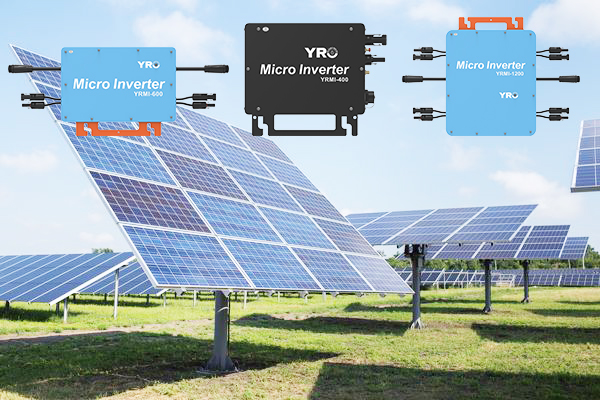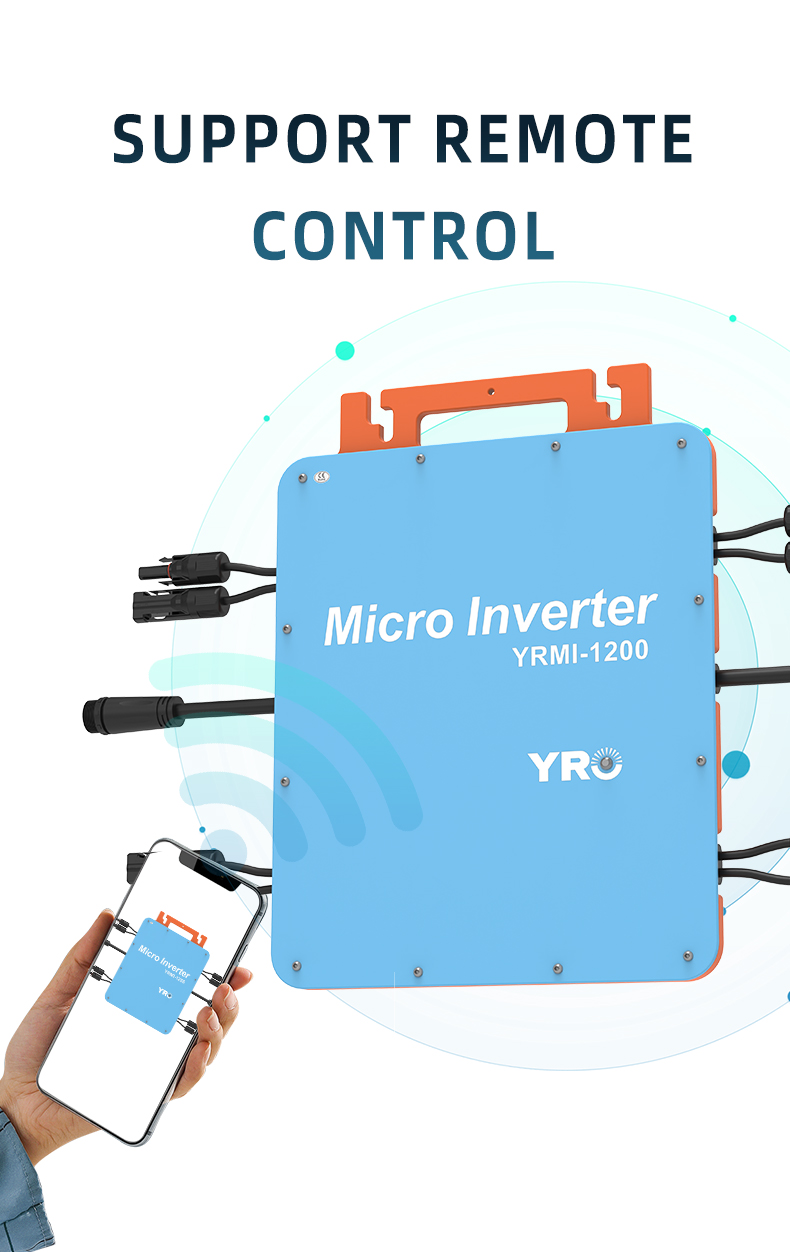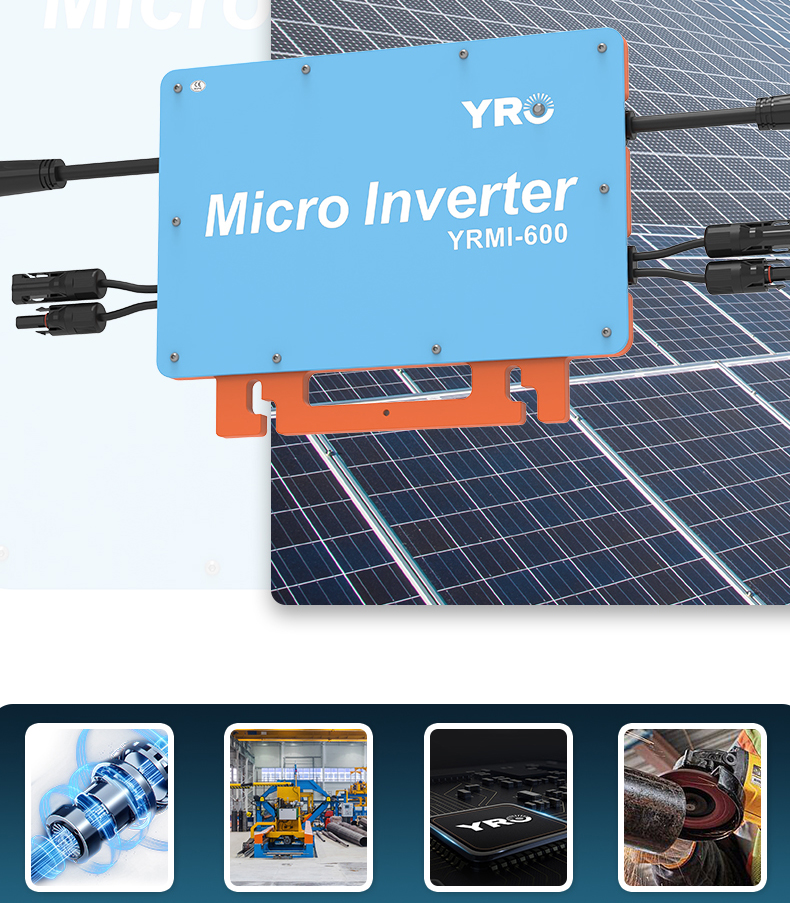Micro inverters are small inverters attached to individual solar panels in a PV system. Unlike traditional string inverters that convert the direct current (DC) produced by a series (or string) of panels into alternating current (AC), micro inverters perform this conversion at each panel. Each micro inverter operates independently, converting the DC output of a single solar panel to AC power.
A micro inverter is installed at the back of or adjacent to a solar panel. As sunlight falls on the solar panel, it generates DC electricity. This DC electricity is immediately converted to AC power by the micro inverter. The AC power is then fed directly into the home’s electrical system or to the grid. Each micro inverter operates autonomously, making it a modular unit in a larger solar array.

Applications
Micro inverters are ideal for residential solar installations, especially in areas with shading issues or roofs with multiple orientations. They are also beneficial in small commercial installations where system design flexibility, safety, and panel-level monitoring are priorities.
The introduction of micro inverters into the solar industry has brought about a paradigm shift in how solar energy is harvested and managed. By enhancing efficiency, safety, and flexibility, while also offering improved monitoring and maintenance capabilities, micro inverters represent a significant technological leap forward. As the world moves towards more sustainable energy solutions, micro inverters stand out as a key component in maximizing the potential of solar power.

Microinverter mobile control is an advanced technology that allows solar system users to monitor and control their solar systems through their smartphones or mobile devices. This functionality brings many important benefits and conveniences:
Real-time monitoring: Users can monitor the performance of their solar systems anytime and anywhere using their mobile phones. They can view the power generated by each solar panel and see if the system is functioning properly.
Fault Detection: Microinverter mobile apps often provide alerts and notifications to keep users informed of any system faults or issues. This helps to take quick action to resolve problems and ensure system reliability.
Remote control: Users can enable or disable the solar system using a mobile control app, which is useful in certain situations such as when power generation needs to be temporarily stopped or the system disconnected in an emergency.
Performance Optimization: By monitoring solar system performance data, users can identify potential performance issues and take steps to optimize them. This helps maximize solar energy resources and reduce energy costs.
User education: Mobile apps often provide information about solar system operation and performance, helping users better understand their systems and take appropriate steps to improve efficiency.
In summary, microinverter mobile control provides solar system users with more control and visibility, allowing them to better manage and optimize their systems. This technology helps improve solar reliability, efficiency and user experience.

In the ever-evolving landscape of renewable energy, micro inverters have emerged as a transformative technology that promises to reshape the way we harness and manage solar power. These compact devices, which operate at the heart of solar photovoltaic (PV) systems, are revolutionizing the efficiency, safety, and versatility of solar installations. This article explores the world of micro inverters, shedding light on their functionality, advantages, and the innovative ways they are powering a greener future.
In an era marked by a growing emphasis on sustainability and renewable energy, the solar power industry has seen remarkable advancements. Among these, micro inverters have emerged as a key innovation, poised to redefine the way we harness energy from the sun. These small yet powerful devices play a crucial role in solar photovoltaic (PV) systems, offering a range of benefits that go beyond traditional inverters.
